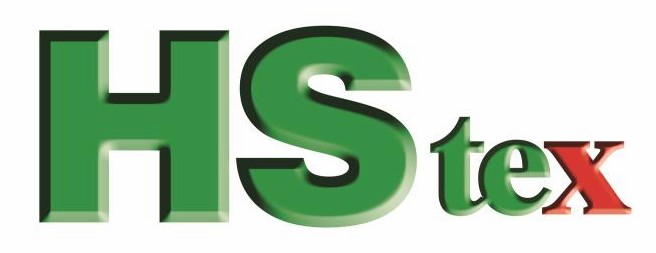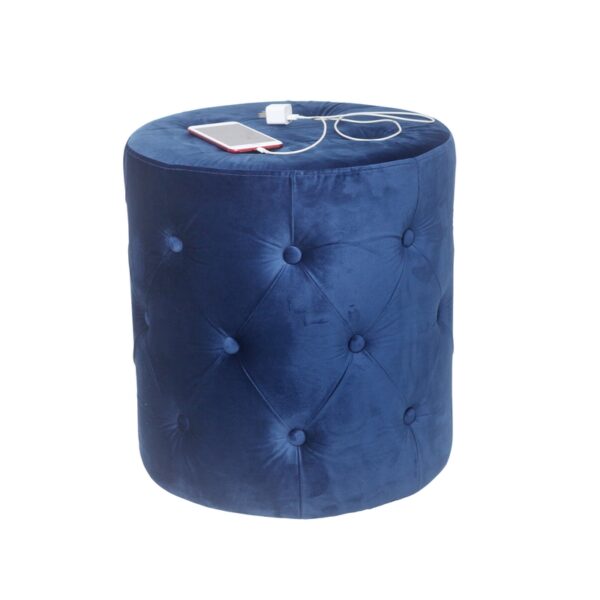Content
- How Smart Order Routing Works in Practice
- Reasons To Integrate Route Optimization Software with Telematics
- Time-sensitive order routing system
- Electronic Communications Networks (ECNs)
- How Route Optimization Boosts Supply Chain Management
- The industry’s first commerce platform with native OMS to optimize the post-purchase experience
- Warehouse optimization or how to whip a warehouse into shape
The system also allows for greater volume on the floor by bypassing commission brokers. Designated order turnaround is an order routing system formerly used by the New York Stock Exchange (NYSE) in which orders are sent directly to a specialist on the trading floor, thus bypassing the broker. Since the 1970s, most of the orders in the NYSE have been transmitted electronically to specialists’ screens via the https://www.xcritical.com/ DOT. The DOT system is commonly used with small order entries, such as limit orders, and basket and program trades.
How Smart Order Routing Works in Practice
- Save your preferred views so they’re ready the next time you access your orders.
- In this case, brokers serve as less intrusive parties, directly connecting traders to various order books and markets.
- With static routing, small networks may use manually configured routing tables.
- Orders placed through electronic communication networks (ECN) are able to cut out the middleman broker, routing trades directly.
Use reports to understand which products sell best and which get returned most often. Get discounted rates on USPS return labels to send to customers through email or included in their orders before they ship out. Create, track, and manage exchanges for any order in Shopify across your full product catalog. Use the shipping labels page to keep track of labels purchased and printed, create manifests, schedule carrier pickups, and track delivery status by label. Accurately track and manage on hand, available, committed, unavailable, and incoming stock quantities in one place. Always know order routing system how many orders are placed, open, fulfilled, delivered, and returned.
Reasons To Integrate Route Optimization Software with Telematics
You can fulfill every order from your admin with Shopify’s built-in capabilities. Fabric OMS offers flexibility and customization when it comes to configuring split shipment rules. Unlike other platforms with static split shipment rules, fabric allows for a stack of parameters, enabling retailers to define their preferences more precisely. Smart Order Routing considers only Where the order is being directed and at What price. There are a number of existing approaches toward SOR in crypto offered by various groups, in this section, we will examine a few of them.
Time-sensitive order routing system
The increasing number of various trading venues and MTFs has led to a surge in liquidity fragmentation, when the same stock is traded on several different venues, so the price and the amount of stock can vary between them. Smart Order Routing is performed by Smart Order Routers – systems designed to analyze the state of venues and to place orders the best available way, relying on the defined rules, configurations and algorithms. Align your production with order fulfillment needs and ensure timely delivery to your customers. Optimize your supply chain by routing orders to production facilities with the necessary resources to meet delivery deadlines. AI can also immediately consider all possible shipping options and select the most cost-effective way to fulfill orders.
Electronic Communications Networks (ECNs)
ACES is an order routing system that allows user to route orders between order-entry firms and market makers that have established relationships. ACES, provides the benefits of an advanced order routing tool without the start-up costs of a stand-alone system. ACES streamlines routine order entry by routing orders directly into the market makers2019 internal system for execution and routing the execution notification back to the order-entry firms.
How Route Optimization Boosts Supply Chain Management
With such a software solution, you can plan delivery routes in less than a minute. You must plan cost-effective routes considering traffic, weather, construction, and other obstacles. Easily create returns, track shipping, restock inventory, manage return fees, and send automated customer notifications. In some networks, routing is complicated by the fact that no single entity is responsible for selecting paths; instead, multiple entities are involved in selecting paths or even parts of a single path.
The industry’s first commerce platform with native OMS to optimize the post-purchase experience
If you want to buy 5,000 shares of a stock at $17.37, where a market maker is only showing 100 shares compared to ARCA with 10,000 shares. Ultimately, you may get filled for the 5,000 shares at an average cost of $17.40 compared to $17.37 through the direct routing to an ECN. This is a $150 difference that comes right out of the pocket of a trader that is forced to route through a market maker compared to a direct-access trader that has the ability to route directly to the ECN of their choosing. The smart order routers are invaluable tools across many tradable markets, including forex, crypto, the stock market, securities, commodities and numerous other sectors. However, the effectiveness of the SOR system is directly increased in proportion to the volatility levels. Suppose the SOR system searches for matches across dark pools, ATS and significant exchanges.
The SOR draws upon a wealth of data and can be customized to include even more. Our base offering leverages live level one market data and aggregate metrics, and can also route based on the properties of the order. The SOR is platform agnostic, and deploying the SOR is as simple as adding another route to your OMS. Therefore, traders have access to our SOR from any source, including their desktop trading application, FIX trading system, or our proprietary orders API.
As a result, traders can save time, money and resources, enjoying the speedy execution of direct orders without the arduous process of analysing the market options. 1inch’s Pathfinder API includes a price discovery and routing algorithm which they use for identifying optimal paths for token swaps across liquidity pools over a number of exchanges. In particular, it is designed to take advantage of market depth to bridge between source and destination tokens when performing swaps, while considering other factors such as gas fees. Finally, smart order routing is profitable for individual traders and market equilibrium in general. The crypto industry, for example, has greatly benefitted from the popularisation of smart order routing, as the liquidity gaps get filled more effectively across markets.
Electronic order books that connect buy and sell orders solely between the market participants are called ECNs. The purpose is to cut out the middleman (market makers and specialists) and let the buyers and sellers deal between themselves, a true natural market. Some of the most popular ECNs have become actual exchanges like Archipelago NYSE (ARCA), BATS, EDGE, INET/ISLD. ECNs can only be effective when there are enough participants to provide a seamless market with liquidity.
Generally speaking, the goal is to find the best route for an order; but this can mean different things in different use cases. SORs may break orders up, spreading orders across venues, they may favor fill speed rate over fill price or vice versa. In doing so, a SOR algorithm carves out a ‘route’ between buyer and seller, a route that may span multiple venues in order to take advantage of those venues’ liquidity depth and volatility metrics. Slippage can also occur when there is insufficient volume at the given price point to sustain the current bid/ask spread, i.e. when there are not enough buyers and/or sellers at the given levels.
The algorithm adds pools to a trading set until there are no pools left where the net gain from trading with the pool would exceed the gas cost. The Auto Router also factors gas fees into its calculations for cost efficiency — small trades will execute with minimal hops to reduce the computations which incur gas fees. This can be seen in the following example where the net cost is reduced by 10% by not making an additional trade along the route. With all of these factors in play, it is generally infeasible to execute large trades in DEXs without incurring large losses to slippage. To combat these effects, DEX SORs can scour across various liquidity pools in order to find swaps with the most optimal price for the user. The SOR system bridges the various crypto liquidity pools, allowing the market to become more streamlined and helping traders find matching deals without artificial roadblocks.
Nodes send information from point A to point B via the path that results in the lowest total cost (i.e. the sum of the costs of the links between the nodes used). Instead, these orders are routed through the SDBK directly to a market maker for immediate execution. Floor brokers usually handle the larger, more complex institutional trade orders. Order routing is the process by which an order goes from the end user to an exchange. An order may go directly to the exchange from the customer, or it may go first to a broker who then routes the order to the exchange. Smart order routing (SOR) is the automatic process in online trading, which follows a set of rules that look for and assess trading liquidity.
Scheduling and route planning help improve productivity, efficiency, and revenue. Allow local customers to choose between local delivery or in-store pickup at checkout, and easily manage those orders directly from your admin. Save time and reduce errors by automating and streamlining fulfillment processes with Shopify Flow, a workflow automation tool. Increase profitability by optimizing your inventory with real-time syncing across locations and channels. Know what products are in transit from suppliers, what’s in stock, and what’s running low. Instead of generically applying rules to all of your orders, you can apply the right rules to the right orders.








